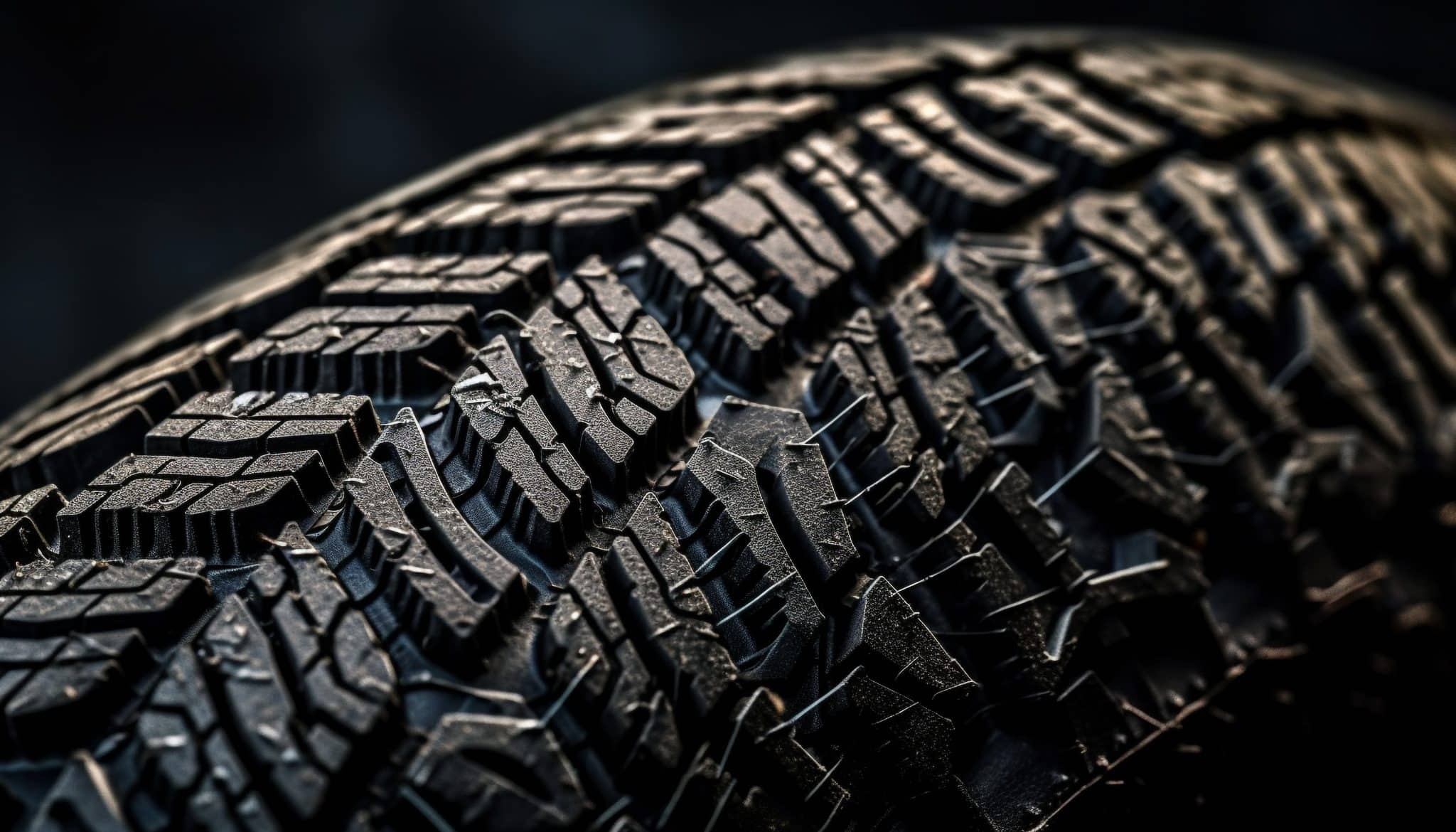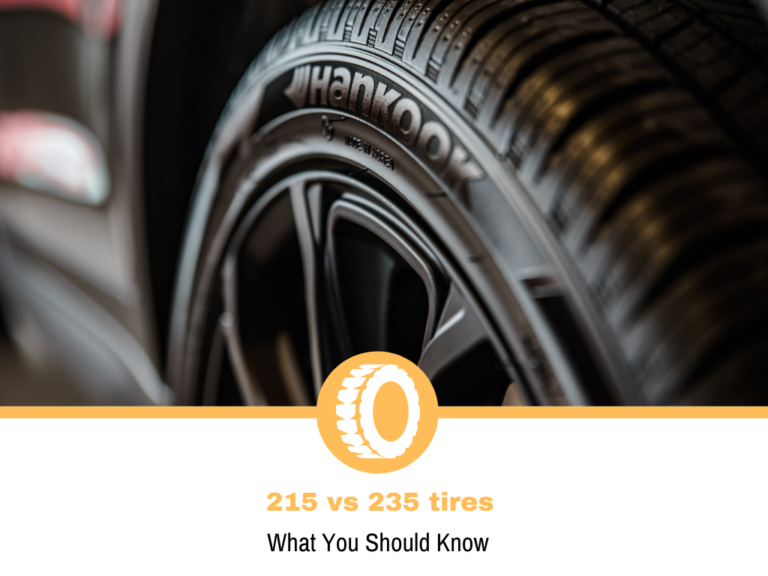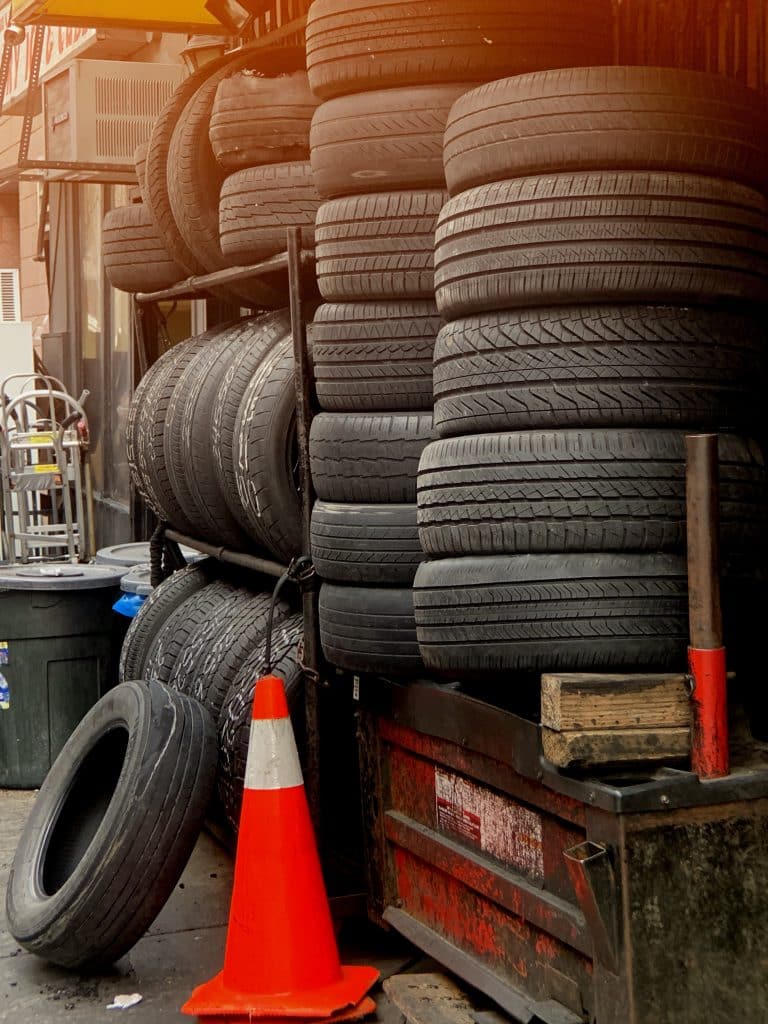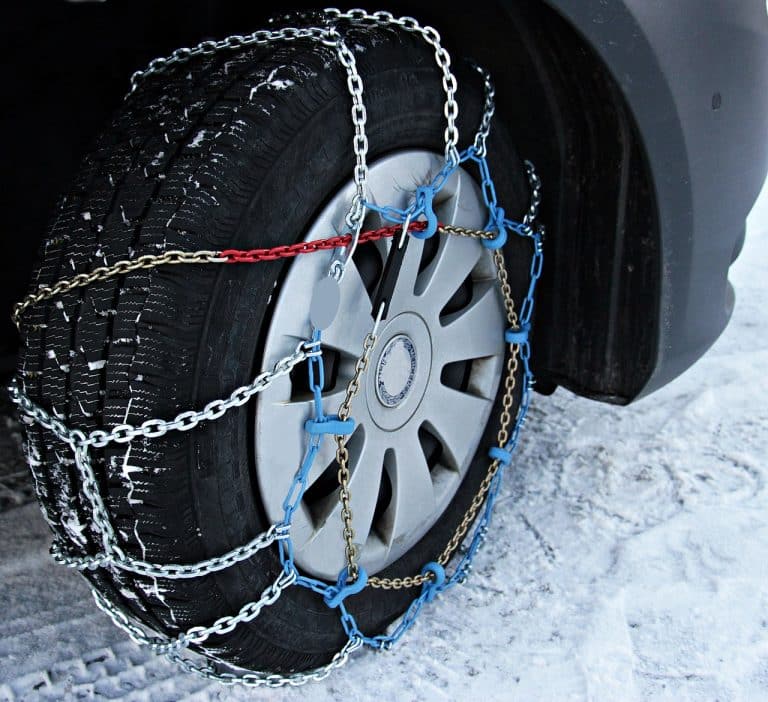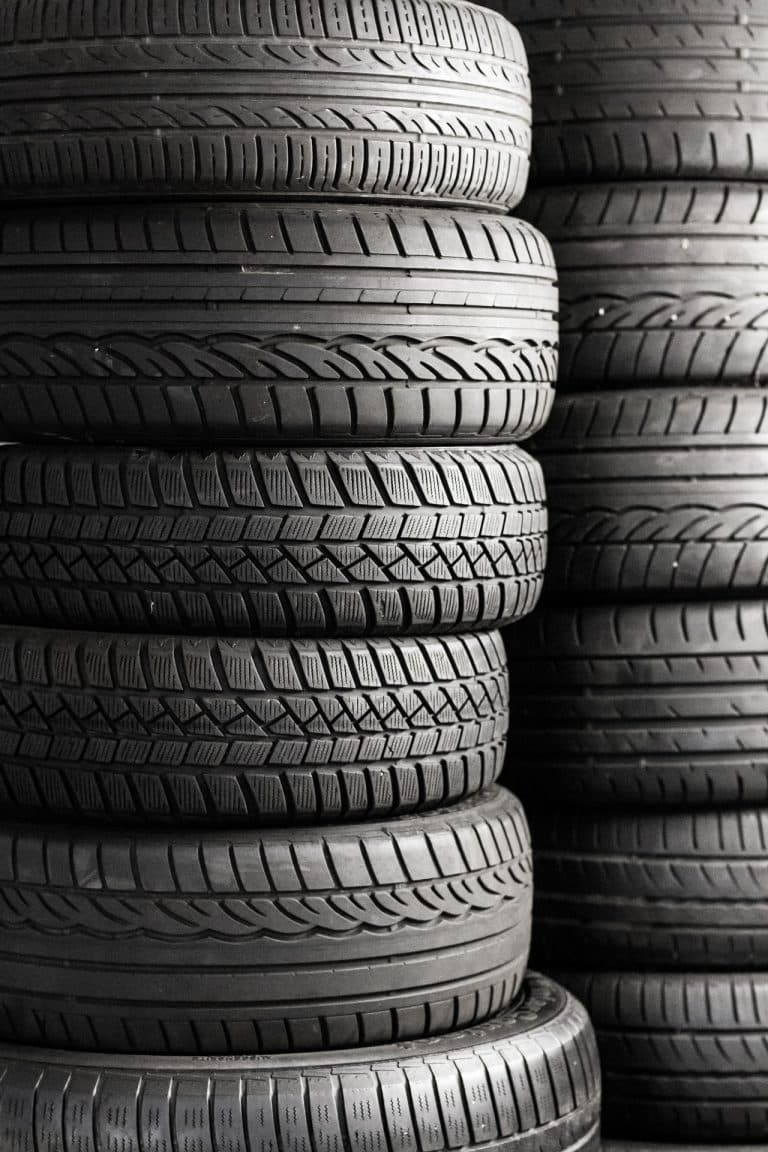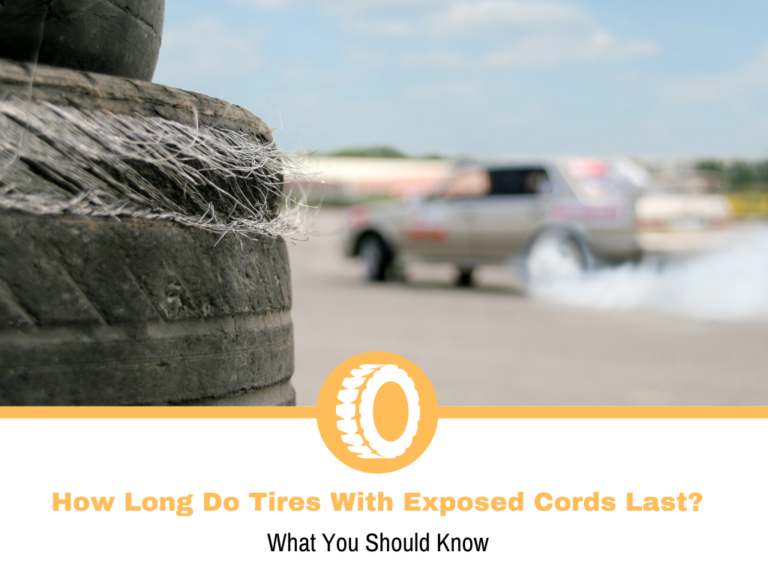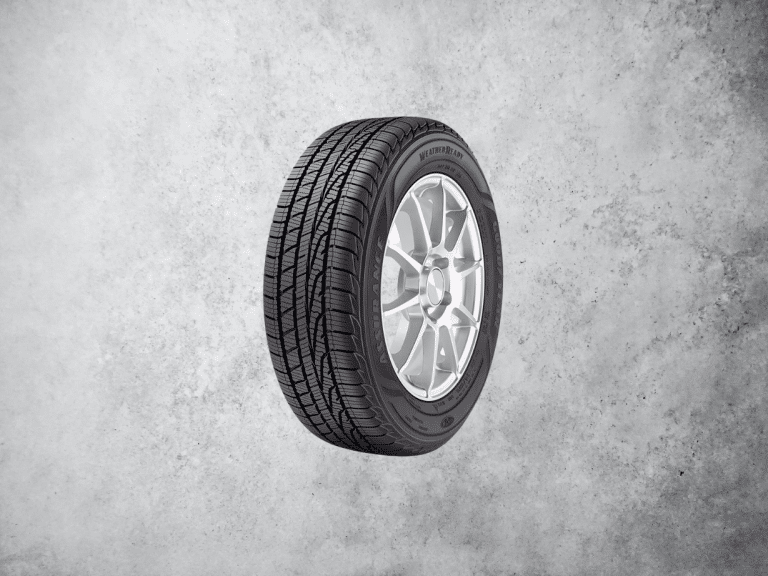Why do New Tires Have Rubber Hairs?
If you’ve ever owned a car for more than a few years, you know that there are parts that need to be replaced at regular intervals. This is crucial because as the consumables wear down, they can reduce performance, which compromises safety.
There are many parts in a car that we replace with the tires being an important one. A new set of tires has some distinctive features that many people aren’t sure about. The full tread depth, the fresh smell of rubber, and the most confusing part, rubber hairs.
Every new tire has these and today I’ll talk about what they are and if they serve a purpose. This should also settle the debate if you should shave the tires. I’m kidding, you shouldn’t, but let’s discuss why.
Tire Manufacturing Process
Before I explain what the rubber hairs are, I’ll need to explain a part of the manufacturing process. This should give you a better understanding of the matter. The entire process is long, so for this section, I’ll focus on the two aspects that are crucial for today’s guide.
A tire consists of multiple materials, one of which is the compound. This is the rubber part of the tire that makes up the inner liner, tread, and sidewall. It’s everything that surrounds the internal construction.
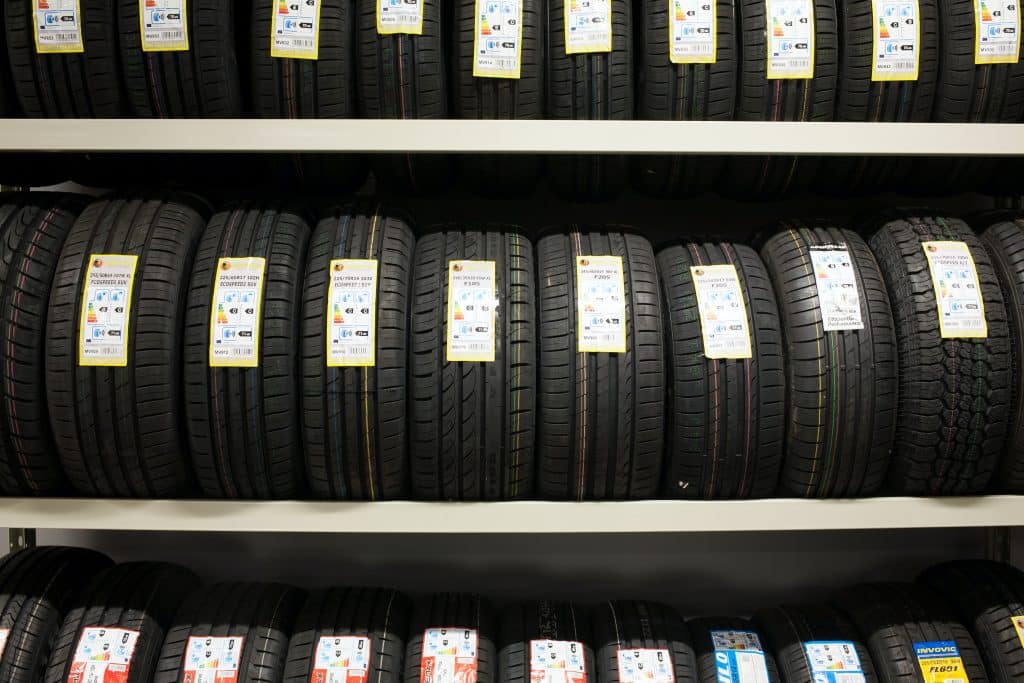
Whenever we talk about a certain model and the design, we use the term “molded” because that’s how the shape is formed. Since the tire manufacturing process is a multi-step one, the rubber components are made separately. The final step involves putting the tire together in a mold which cures the process, but also shapes the design and lettering on the sides.
To achieve this, tire manufacturers use heat and pressure to expand the rubber until it reaches its form and lets it cool down. Once that’s done, you’ll get a fresh new tire, along with the rubber hairs.
What are the Rubber Hairs on a New Tire?
With the brief explanation about the manufacturing process out of the way, let’s talk about your tire’s beard.
During the molding process, it’s essential to make a tire free from air bubbles. A small bubble may seem like a benign thing, but when you consider the forces, a tire needs to withstand, the bubble can be an issue. The solution to this problem is called a vent sprue or spew hole.
The simplest explanation is that these are tubes where the excess air escapes and leaves the tire bubble-free. This is why manufacturers are certain that the mold comes out correctly with no deformities. To be fair, there are situations where this can happen, but it’s not related to air bubbles.
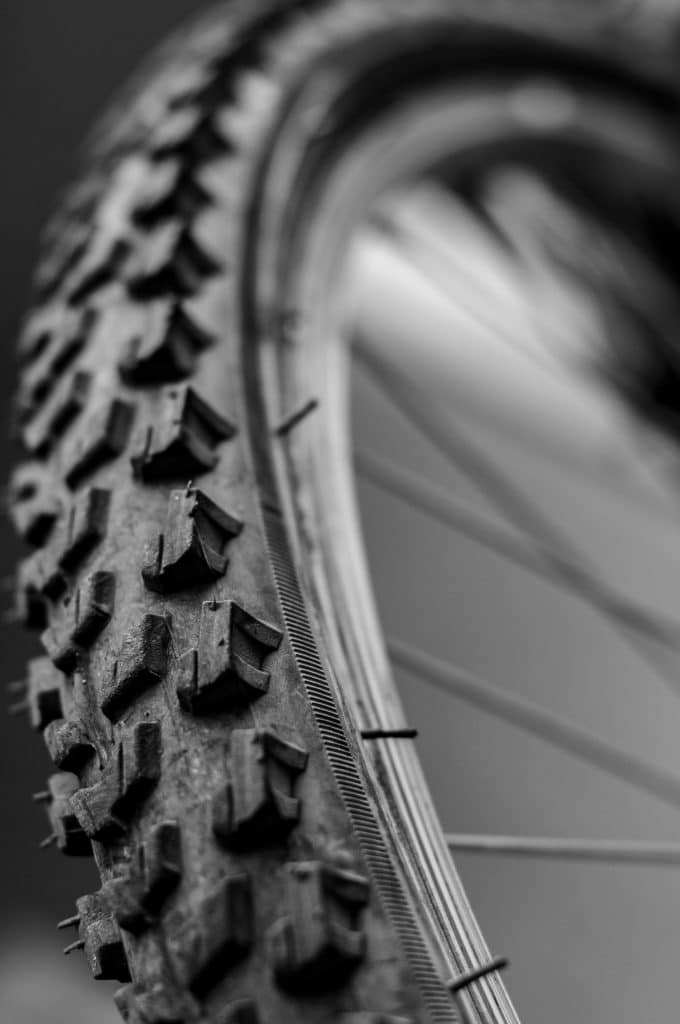
Using these tubes results in a byproduct as rubber hair on new tires. In many cases, you’ll find them referred to as vent spews and exist because of the tubes I mentioned.
During the molding process, a small portion of the rubber goes into the tubes. This ensures that no air bubbles remain in the tire and manufacturers get the perfect product. It’s like excess rubber, but as hair.
What is the Purpose of the Vent Spews?
It depends on the point of view. From the manufacturing standpoint, the vent spews play a very crucial role in the molding process. Thanks to those, tire manufacturers ensure the tire has no air bubbles. This results in a tire with no deformities or potential weak points.
From the performance side of things, the vent spews play no role at all. With or without them, the performance will be identical and you won’t be able to notice any differences. Some say that there’s more weight, which is crucial because unsprung mass can cripple the handling.
While that is true, the weight of the vent spews is negligible. All of them combined weigh less than a balancing weight, so no drawbacks here as well. The stones you have logged in the tread pattern probably weigh more than the spews.
Should you remove the Vent Spews?
Tire manufacturers don’t have any specific guidelines on the matter, so it’s left entirely to the owners to decide what to do with them.
As you start to drive, the vent spews on the tread area of the tire will be gone in a few miles. The forces and friction will tear them off, so you won’t have to see them. With that said, the ones on the sidewall will remain.
If you’re not a perfectionist, then leaving them on shouldn’t be an issue for you. On the other hand, if you want your tire to have a “shaved” look, then feel free to remove them.
Either way, it won’t make any difference. You can leave them on and have no issues. Also, removing them won’t make the tire perform worse or damage it, so it’s up to you.
How to Remove the Vent Spews?
If you decide to go down this road and remove the spews, there are some things you shouldn’t do. Considering that they aren’t part of any structural segment of the tire, you won’t do any harm. You can grab them and pull them off. They’ll probably break off close to the tire’s sidewall, so you’ll be good to go.
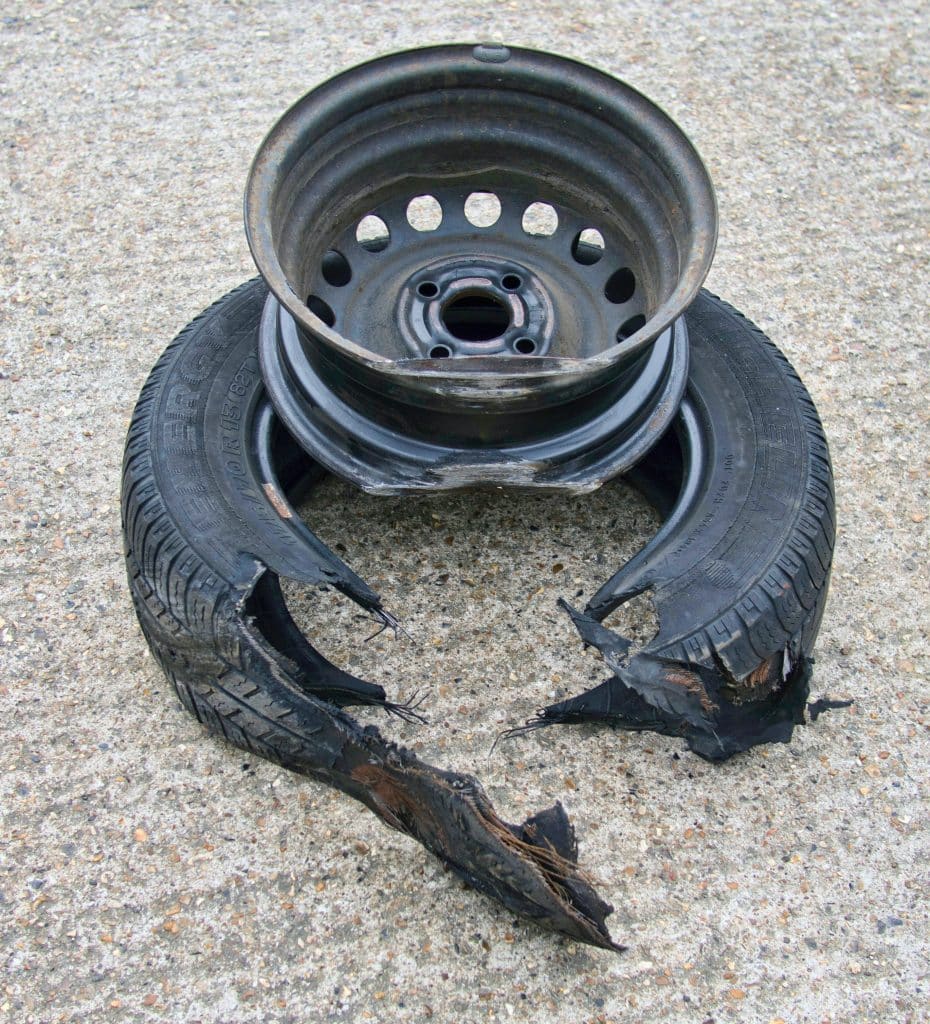
With that said, there are some things you shouldn’t do or be careful when doing. I’ve seen some people using razors or scalpels for this, which isn’t a good idea. The problem is that if you’re very careful, you may do a proper job and be happy. With that said, one wrong slice and you have a damaged sidewall.
It’s a similar story with pliers, but you probably won’t do massive damage. You can grab the vent spew near the root and pull. It will break off, leaving a smooth-ish surface or, in a worst-case scenario, maybe a bit of rubber.
Conclusion
Tires don’t grow beards, so the rubbery hair isn’t part of the natural aging process of a tire. These are called vent spews and are a byproduct of the manufacturing process. Once a tire leaves the factory, they serve no purpose, which is why some people want them gone.
The ones on the tread will be gone in a few days, but the ones on the sidewall will stay for a long time. You can remove them, as long as you don’t use any sharp tools.
I’m not the type of person who worries too much about them, so I wouldn’t bother pulling them. It may be an issue for some, especially with models that have more vent spews. The decision is yours, just try not to damage your new tires.
